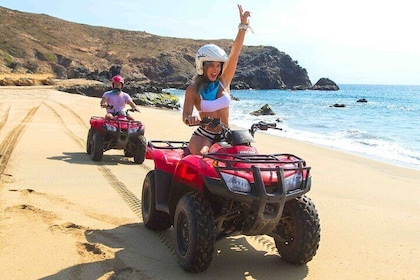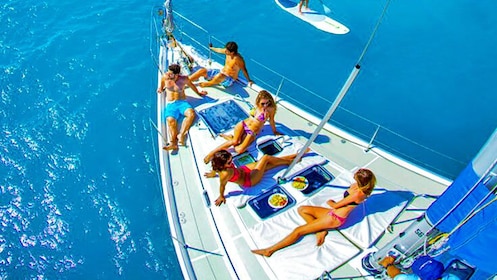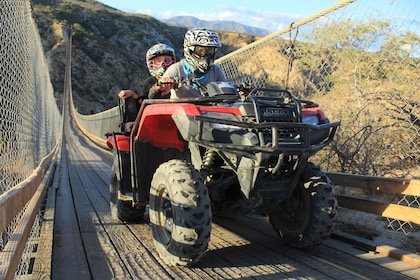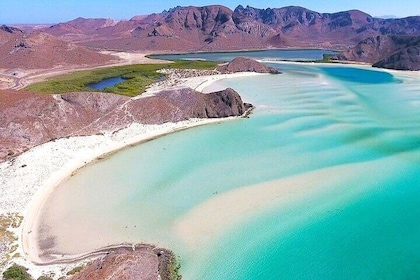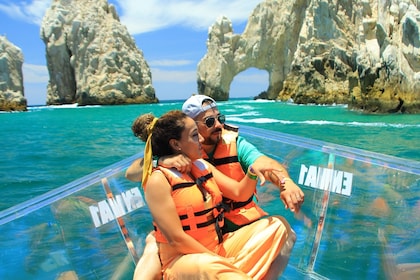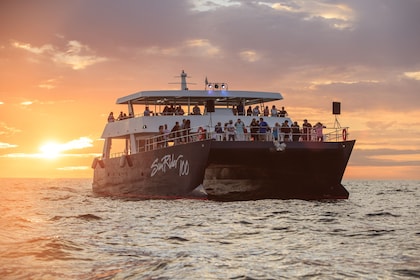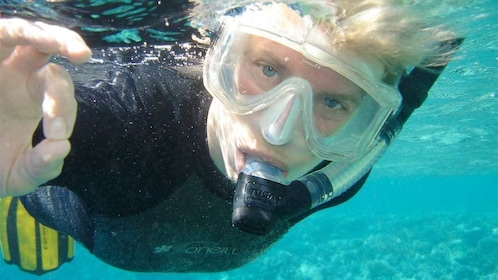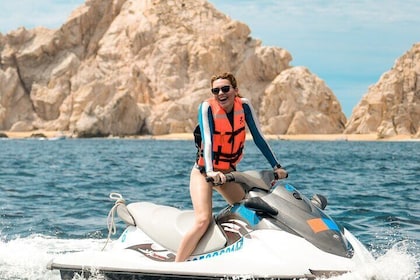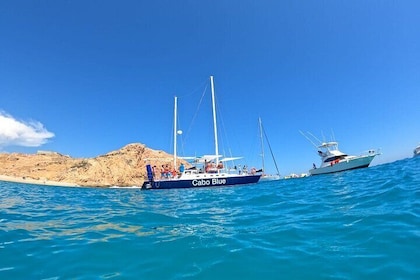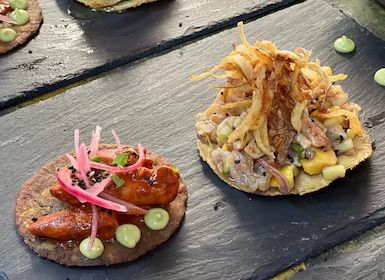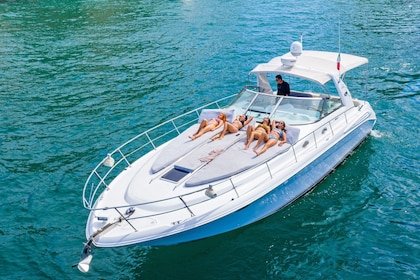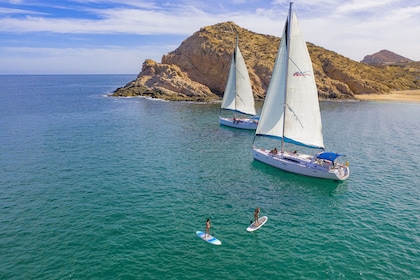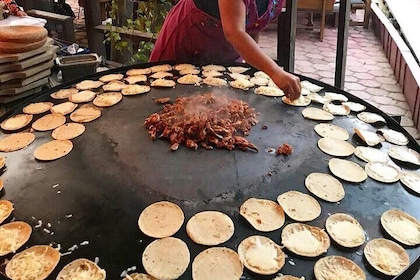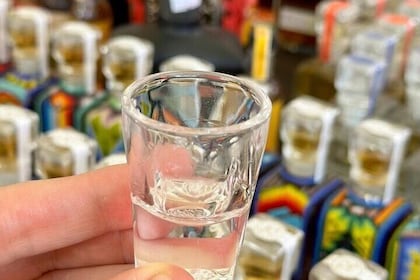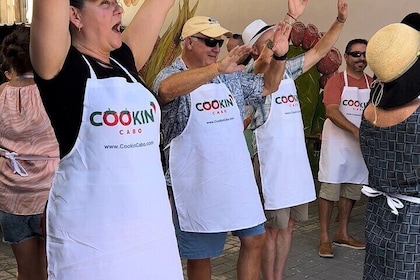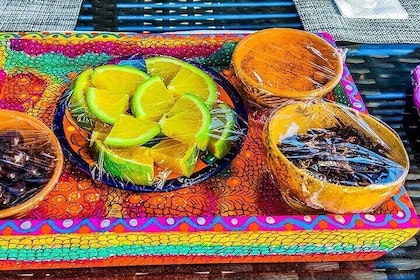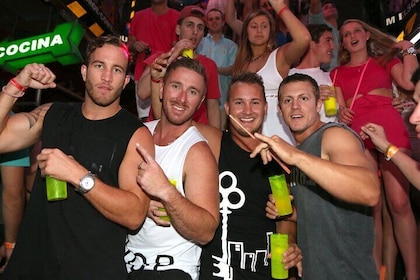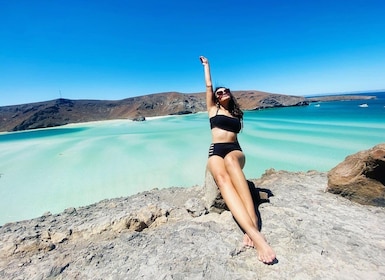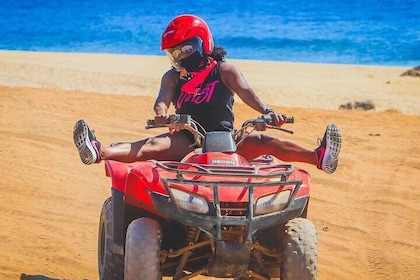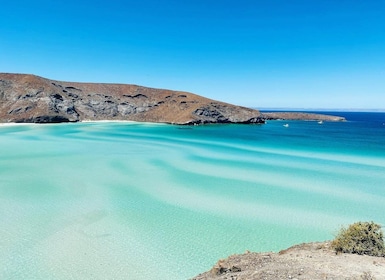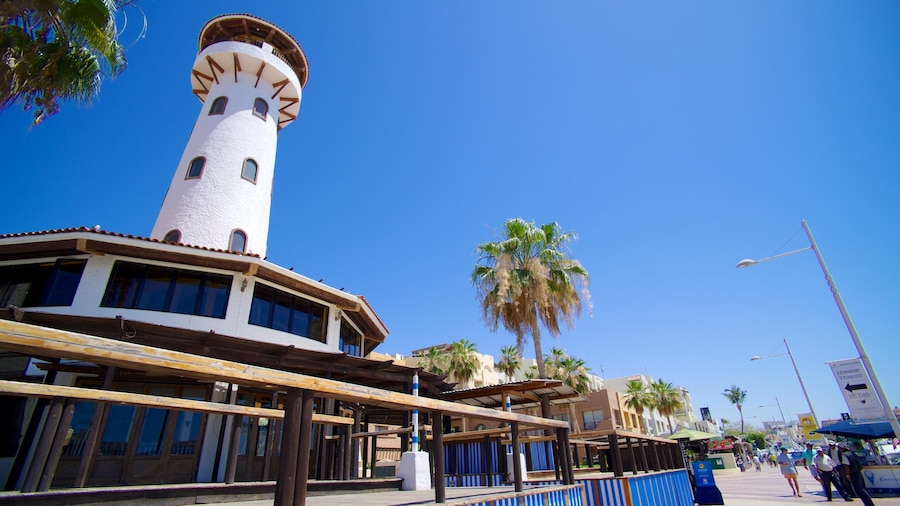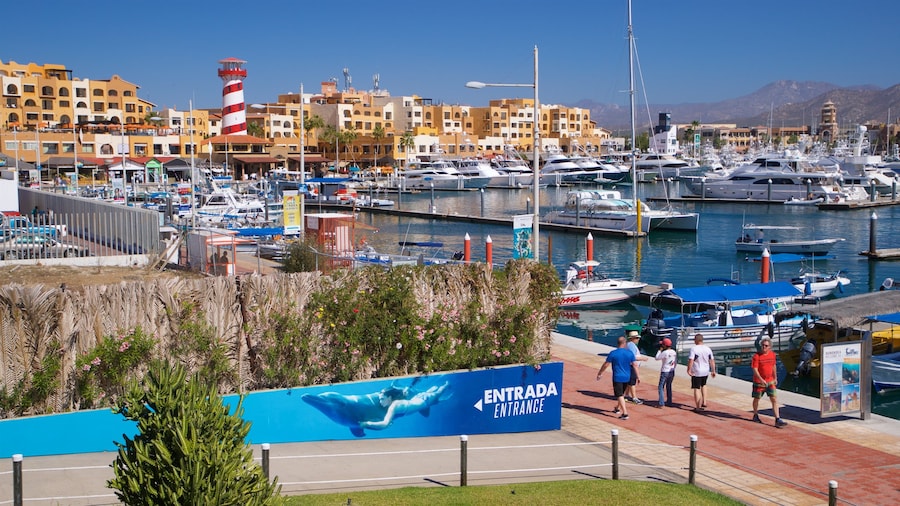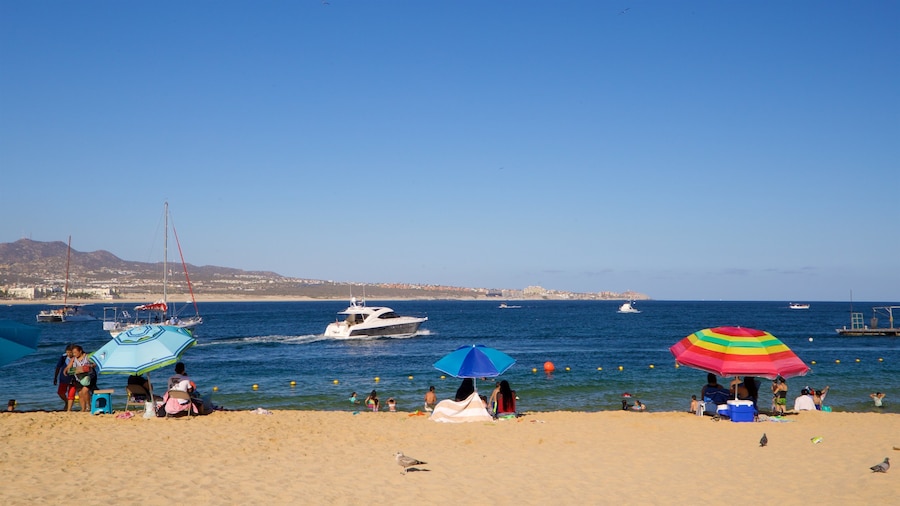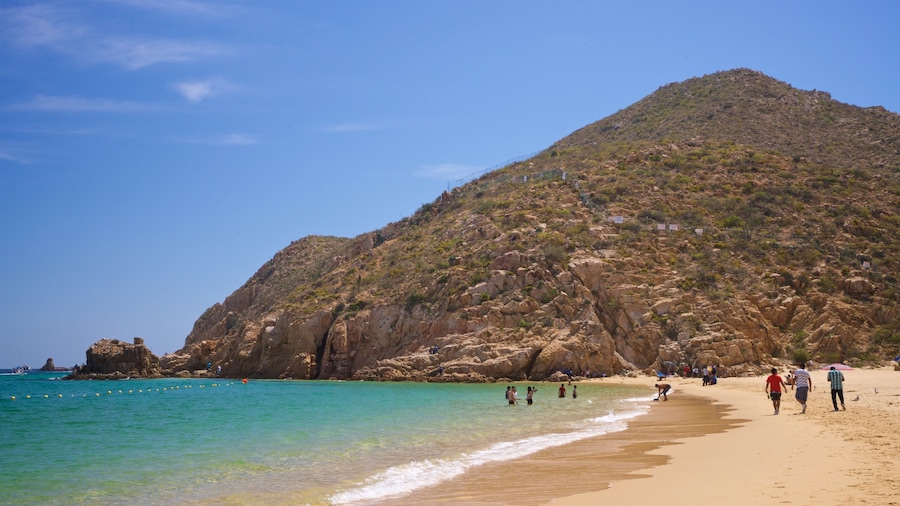An enormous whale skeleton on the town square marks the entrance to this fascinating museum, where you’ll learn of indigenous groups, piracy and Spanish colonialism.
The Natural History Museum of Cabo San Lucas traces the region’s development with its vast paleontology and geology collections. It also tells a human story in displays about marine and urban life here. Study the skeletal remains of indigenous peoples from thousands of years ago.
Arrive at the Plaza Amelia Wilkes and enjoy the views of the surrounding hills. Here, you’ll find the museum’s colonial building that consists of an elegant white façade with large wooden doors. Marvel at the sheer size of the whale skeleton outside the museum. Although some of its bones were blown away by Hurricane Odile in 2014 it remains an impressive sight.
Head indoors and near the entrance admire the colorful mural representing indigenous peoples. Find out about the Cora people who lived in this part of the Baja California Peninsula. The galleries display prehistoric tools as well as the skeleton of a Pericú woman.
Inspect the antiquated instruments used by sailors to navigate the seas around Baja California. The history of Spanish colonialists and pirates around this coastline is also explored. Get a closer look at the stuffed animals on display and see the fossilized plants.
Teaching about the region’s biodiversity is a section on the migration cycles of dolphins, porpoises and whales. Learn about the conservation of sea turtles. Browse the exhibit on astronomy and wander through the array of temporary displays.
Note that the building formerly contained a primary school, before the museum was inaugurated in 2006. The site opens Tuesday through Sunday from morning until evening. Access to the museum is free, although donations are happily accepted.
The Natural History Museum of Cabo San Lucas is in the central part of the city. Find it at the northwestern corner of Plaza Amelia Wilkes. While in the district, investigate other nearby attractions such as the Playwin Casino, the Pabellón Cultural de la República and the Cabo San Lucas Marina.





